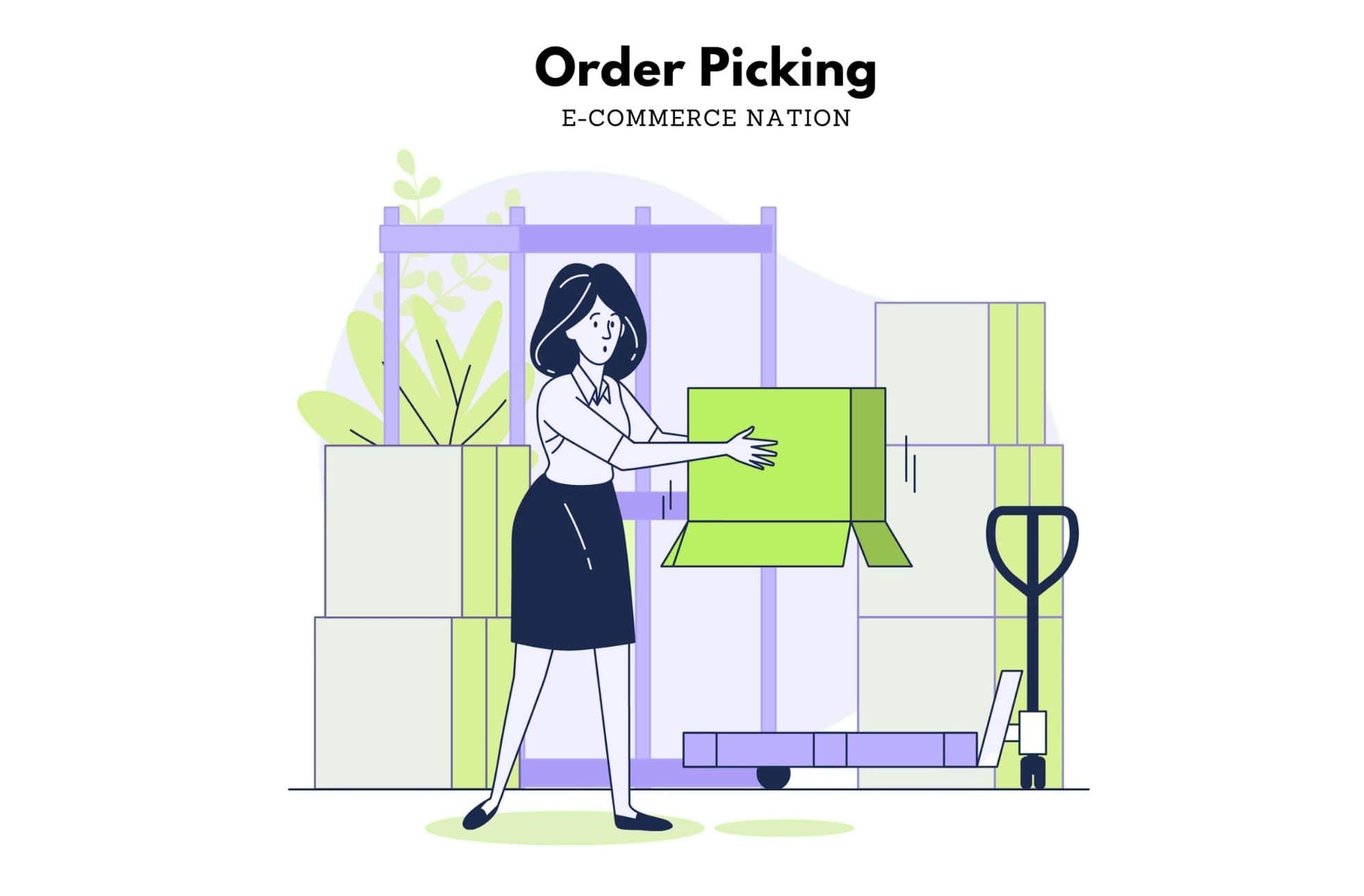When attempting cross-border e-commerce, one of the biggest challenges of the global game is to communicate your product or services effectively. This can be tricky across cultural and language barriers however- which is where localization strategy comes in to play. It’s important to localize your strategy so that you reach your potential customers on their level in a way that speaks to their needs. Most importantly, you have to take cues from your competitors in your target market, and walk the fine line of exploiting the exoticism of your brand while acting like a local.
In this article, I’ll cover how to effectively localize your cross-border e-commerce strategy, how to market effectively without turning your customers off your product, and how to act like a local brand.
Localization vs Localisation: Comfortable Customers are Happy Customers
If you plan to sell your products to buyers in other countries, then you need to play by their rules. Thanks to the internet, market tendencies are shifting as consumer habits also shift, companies and individuals are scrambling to become or remain competitive in the new digital global market. Today’s customers have access to a more transparent environment with more purchasing options, not only in their home country, but also from international vendors.
Therefore it is more important than ever for businesses to understand their consumers and market. This being said, consumers need to like what they see, otherwise they won’t buy. That is why it is imperative for cross-border e-commerce sellers to select a platform that provides a localized experience to global buyers where they can comfortably browse and purchase.
“Eat Your Fingers Off”-Reaching your Customers at their Level
First things first, for a foreign buyer in your target market to feel comfortable purchasing from your e-commerce store, they need to be able to read the content on the website or app. In fact, according to digital localization platform Transifex, 52% of internet users say that obtaining information in their native language is more important to them than the price of a product.
However, localizing the language of a website or app goes much further than simply providing understandable content that makes sense in the local language. Professional sellers and platforms should hire copywriters and designers from their target market who can identify with the local customers.
Bad translations have seriously jeopardized past market entry ventures, for example when KFC entered the Chinese market in the 1980’s, they directly translated the slogan they used in the US market “finger-lickin good” into Chinese, which in Chinese read as “eat your fingers off.” As a Chinese consumer, I can promise you that it was awkward and that I was not compelled to go eat at KFC when I saw that ad.
Moral of the story? Don’t rely on Google Translate, hire a native. According to Transifiex for every dollar invested in localization, there is a $25 dollar return.
Another factor is to ensure that the dialect of the language of your target market is accurate and not strange to them. For instance, the Spanish spoken in Mexico is very different than the Spanish spoken in Spain, and the same goes for the English spoken in the US vs. the English spoken in England, hence the tag of this article: Localization vs Localisation. When your customer is spoken to in their own dialect, this fosters trust with the brand.
Act like a Local Brand
The basics of respecting other cultures is to provide content that does not offend the local audience. This can be seen in European countries where it is socially acceptable for clothing models to show a little skin, however in Middle Eastern countries this is strictly taboo and will definitely turn away your audience. The same can be said for something as simple as the perception of the color red around the world.
This also goes for the products you sell, many of our wedding dress sellers on DHgate provide different styles for different markets, because a bride in Australia might want a bare back sleeveless dress but women in Germany are much more conservative and prefer to buy dresses that not only have a closed backs but also sleeves.
However, in order to completely respect the culture of your target market, you must select a platform that provides services that are compatible with the habits of consumers in their natural environment. This goes much deeper than providing acceptable content or displaying prices in the buyers’ local currency, this applies to every different aspect of the e-commerce consumer experience, including: payments, marketing, logistics, customer service and anything else that customers will need to use to successfully buy your products online.
By way of illustration, if you want to use social media to engage your customers in the US then depending on your products, Facebook would probably be the best choice for you to reach your target market. But if your consumers are Chinese then you will probably have better luck with the leading Chinese social network WeChat.
American buyers like to purchase online with their credit cards, while buyers in the Netherlands prefer to use an alternative payment method called iDEAL. There are still consumers in markets like Russia and India who choose to pay with cash on delivery. Even factors such as customer service needs vary from market to market, and this goes beyond platforms offering 24/7 multilingual customer service.
According to Accenture, consumers in Brazil believe that the acceptable wait time to speak with a customer service agent is under 3 min, while buyers in the UK are more patient and willing to wait between 4 and 10 min. This doesn’t necessarily mean you should prioritize customers from one country over another, however these are important things global merchants need to be aware of.
Choose the Right Platform
Even the platform where you choose to sell your products should be strategically analyzed. Will this platform reach my target audience? How are others selling on this platform within my target market? How will you differentiate from your competitors while adding value to your target? Before selecting what platform you will distribute your goods through, it is important to understand the platform, specifically the strategy of the platform and the services it offers. This is where doing your homework comes in.
It is my personal recommendation for sellers to identify their personal goals and target markets, to pick a platform that can help you to reach your goals, then to adopt the strategy of the platform you choose and integrate it into your e-commerce strategy. This is most important if you are an MSME (micro-small-and-medium sized enterprise) selling cross-border because thanks to globalization through digitalization, any business can be born global and become a micro-multinational overnight.
The rise of the digital era makes going global easier than ever- and it’s certainly not something you should shy away from. There are so many benefits to going global with your e-commerce, but nailing your localization strategy is the first step to making it a success.
Image credit : Dmitrii Karchenko





